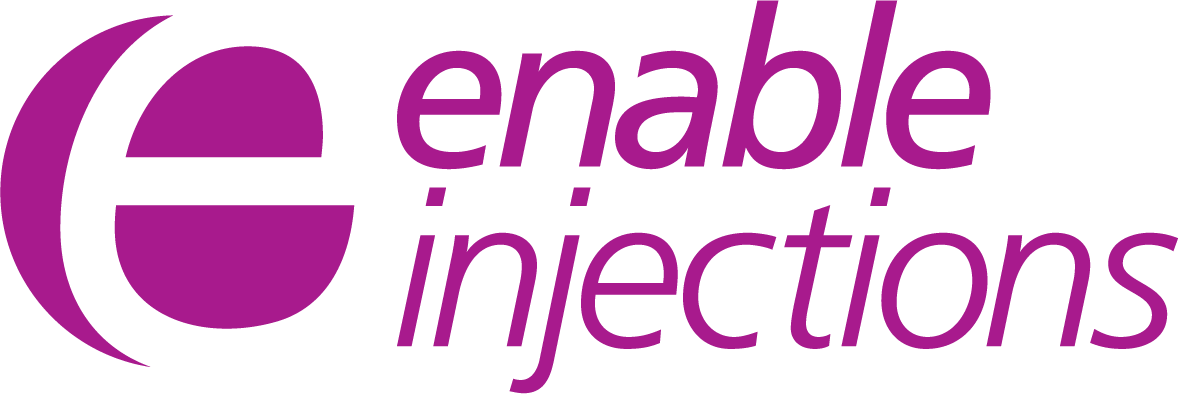
Large-Volume Subcutaneous Delivery Is Feasible
Current large-volume drug delivery methods generally require the patient and provider to be in the clinic. However, the desire to treat patients outside the clinic is growing, not only in the era of COVID-19, but also as treatment durations grow and disease is caught earlier. In our latest webinar, Pharma leaders, a KOL, and an innovator discussed technologies that can aid at-home patient-administered drug delivery – and how improving patient convenience can result in product differentiation and revenue growth. This post highlights the discussion around the first key point of the webinar: “Large-volume subcutaneous (SC) delivery is feasible”.

Jim Collins, Drug Delivery Device Expert
Is large-volume SC delivery feasible? Based on all the data we are seeing, yes.
Jim Collins: Based upon all the data we’re seeing, it [large-volume SC delivery] clearly is. Several studies done by different pharma companies began to demonstrate that delivery of 2, 3 mL was feasible. The Repatha® device demonstrated 3 mL delivery and then subsequent studies have shown the delivery of 8, 14 mL subcutaneously without enhancers is feasible.
Does it make sense from the pharma perspective? Yes, from a clinical and convenience advantage perspective.
Jim Collins: Pharma’s interest is based upon clinical advantages or convenience advantages to the patient and the health care professional. First, clinically there is a reduction in adverse events with SC delivery versus IV. Second, there’s a lot of data in drug delivery that tells us that more convenient delivery is going to provide a key differentiation moving forward.

Elizabeth Shaheen, Biopharma Strategist
What benefits would large-volume SC delivery provide for the patient? Convenience, ease of administration, and a lessened financial burden.
Elizabeth Shaheen: I want to humbly admit I’m not able to speak on behalf of all patients because clearly patient preference is unique to each individual patient. Based on patient reported outcome studies that compare SC delivery with IV infusion – findings center around three key benefits of SC delivery:
-
-
-
-
- Convenience
- Ease of administration
- Lessened financial burden
-
-
-
Does large-volume SC delivery make sense from the provider and patient perspective? Yes, this makes a lot of sense and allows us to move cancer care forward.

Dr. Len Lichtenfeld, Chief Medical Officer, Jasper Health
Dr. Len Lichtenfeld: Oncology care really has to be a team effort. We have the phenomena occurring called “value-based care” – or providing the best care to the most people at the most reasonable costs with safety and convenience in mind. Ultimately, a distinguishing factor is going to be ease of administration. From the pharma perspective, there are the technology pieces that Enable has been working on diligently to make care more convenient. From the clinician level, as well as the patient and the caregiver level, this makes a lot of sense and really allows us to move cancer care forward in the next century.
What characteristics of large-volume SC delivery are important? Comfort, convenience, and discreet.

Mike Hooven, President and CEO, Enable Injections
Mike Hooven: Based on Enable’s 10 years of experience in developing the unique enFuse® product, I do believe that the patients and providers will drive the acceptance and growth of our technology. We’ve done over 100 generative and formative Human Factors studies with virtually every patient demographic, and we found three clear and common characteristics expressed – about the enFuse technology design – by patients and providers:
-
-
- Comfort
- Convenience
- Discreet
-
Access the full webinar content here: At-Home Drug Delivery of Large Molecule Medicines. To learn more about partnering with Enable Injections and our innovative enFuse® drug delivery technology, contact us.
